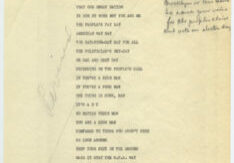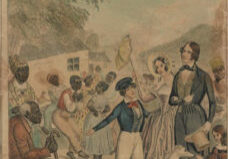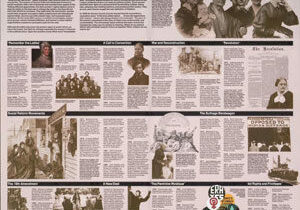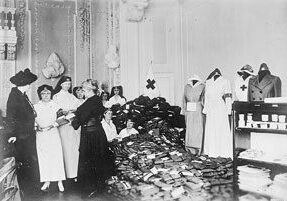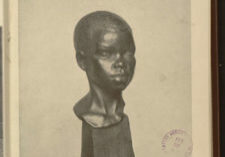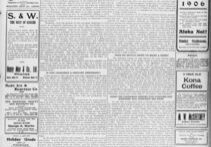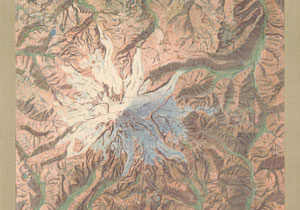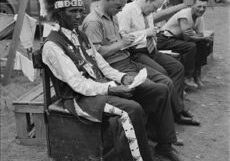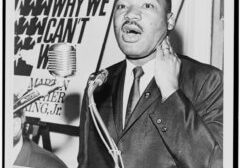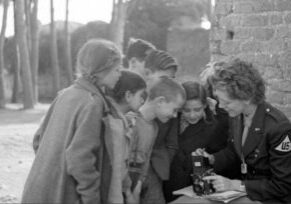Lesson Plans
The Brownies’ Book: I Am an American Citizen
Students analyze an issue of the Brownies' Book to investigate its historical significance and explore how the theme of American citizenship was presented to children back then and could be represented to youth of today.
Chinese Citizenship in Hawaii
Students analyze early 19th-century arguments against citizenship for Chinese immigrants to Hawaii and one journalist's rebuttal to that "defense", then investigate arguments for and against an immigrant group in America today and compare the historical and contemporary debates.
Shrinking Glaciers
Students analyze historical and contemporary maps to calculate glacier loss on Mount Rainier over time, then explore ideas for slowing glacier loss.
Why We Can’t . . .
Students investigate how a powerful slogan was used by civil rights leader Martin Luther King, Jr. and consider how it might be applicable to a contemporary issue.
